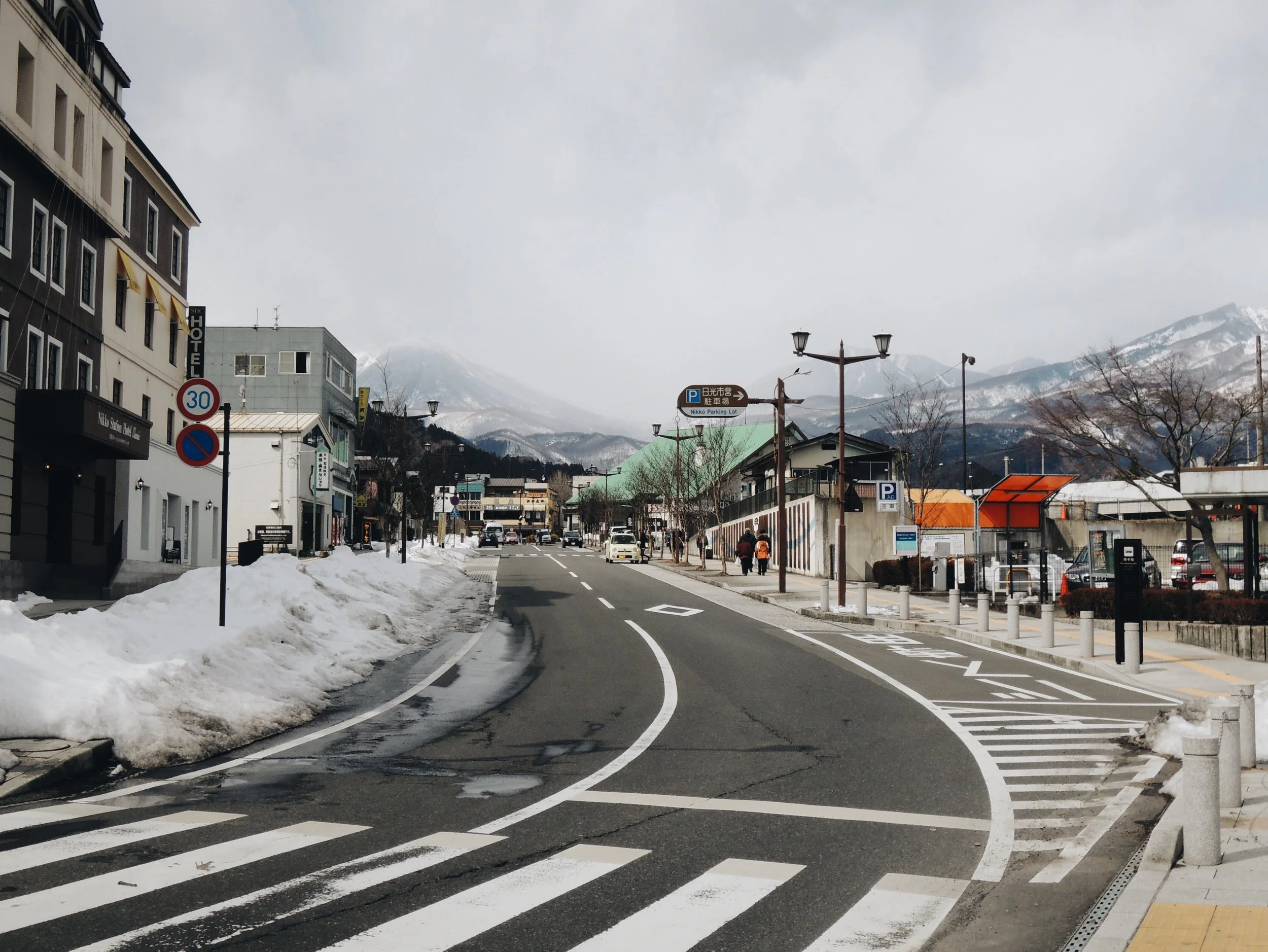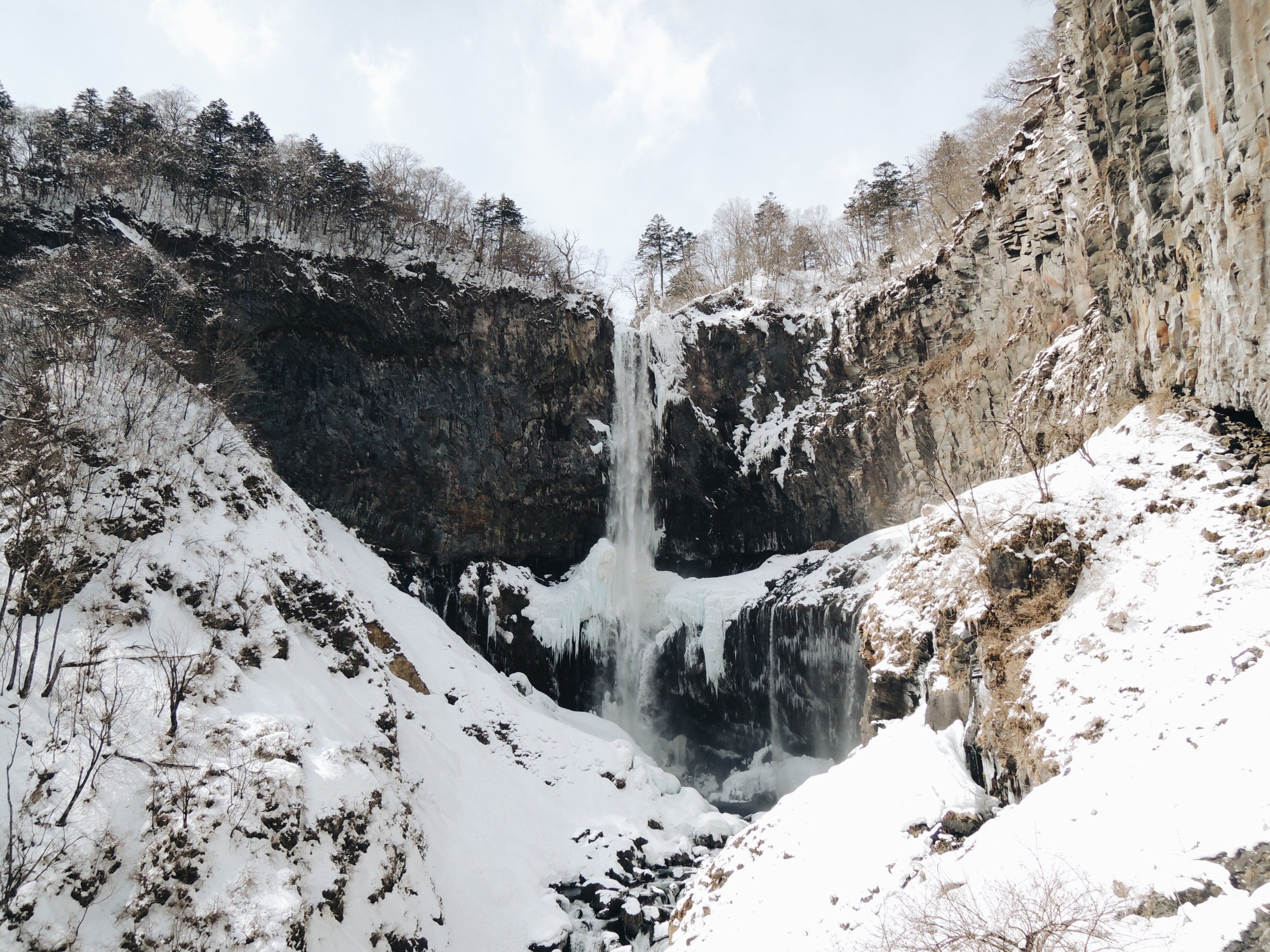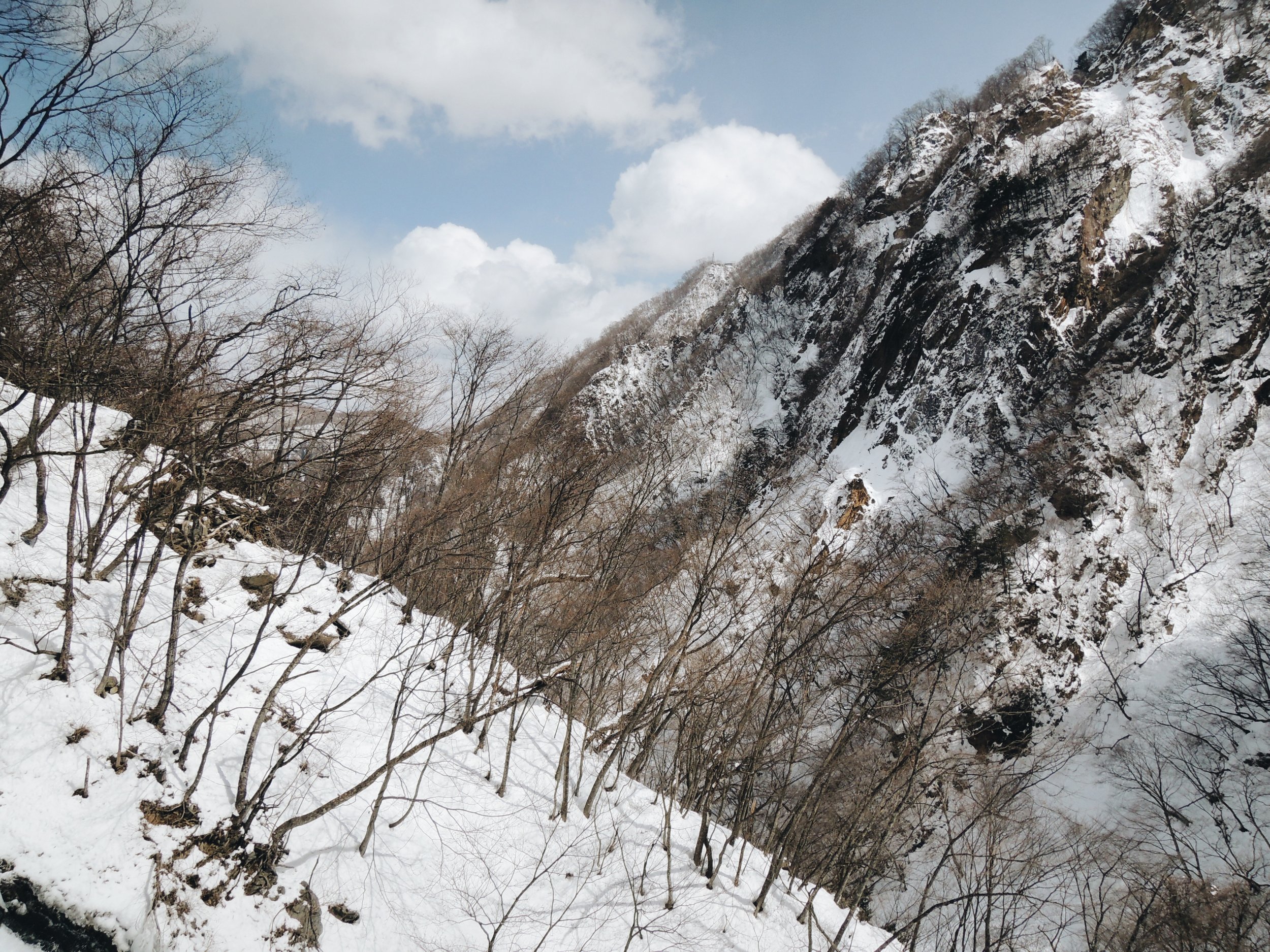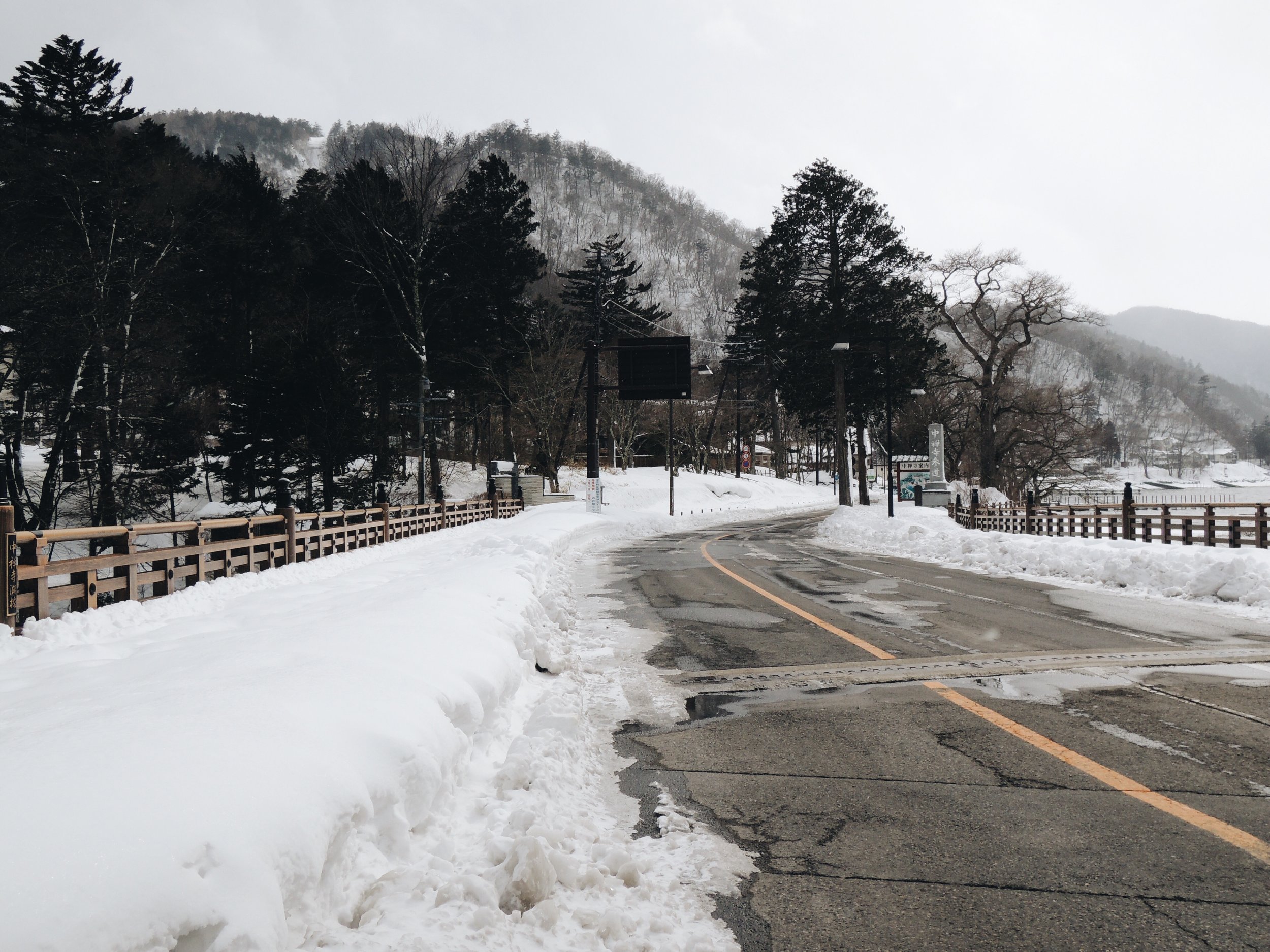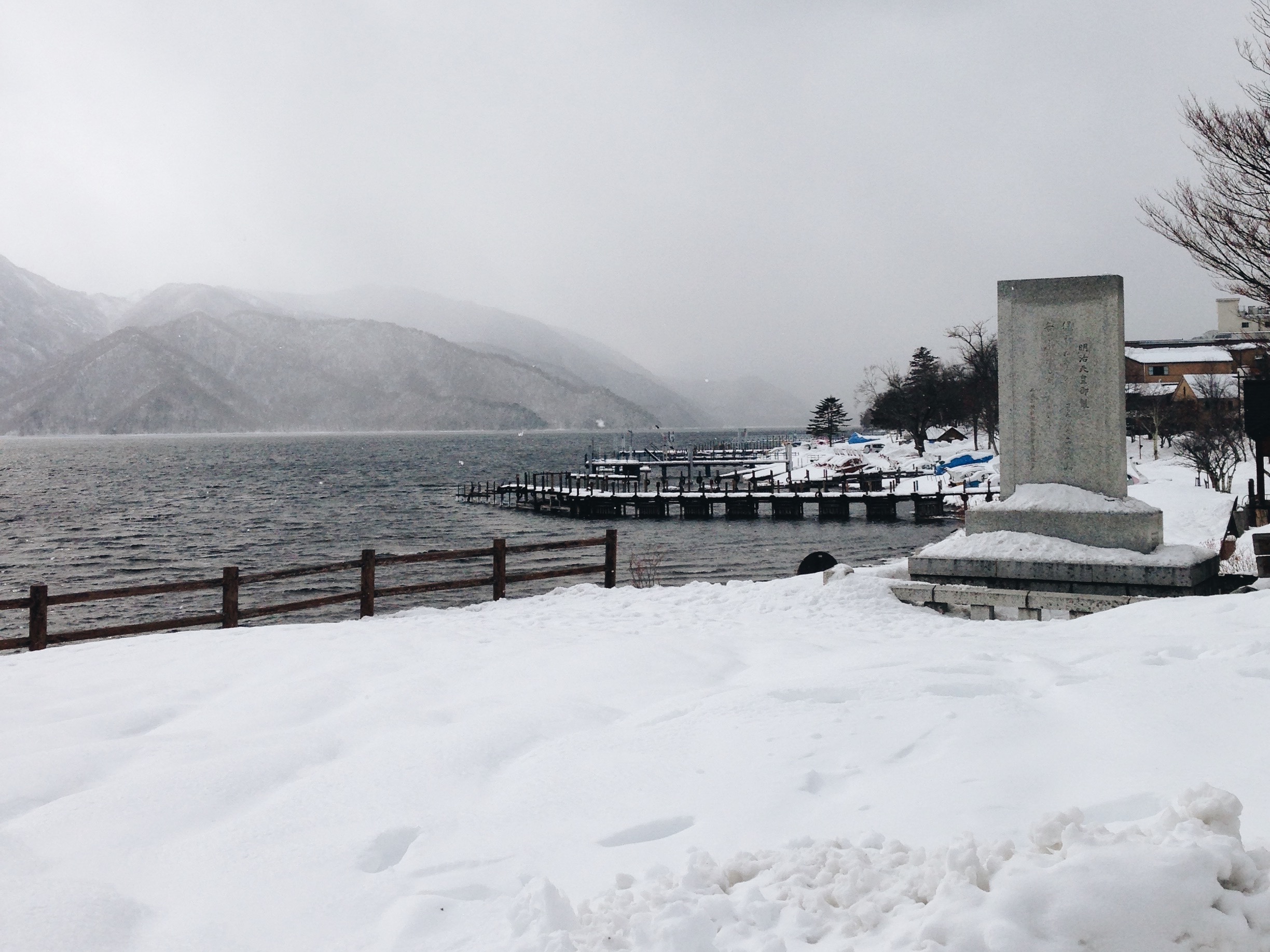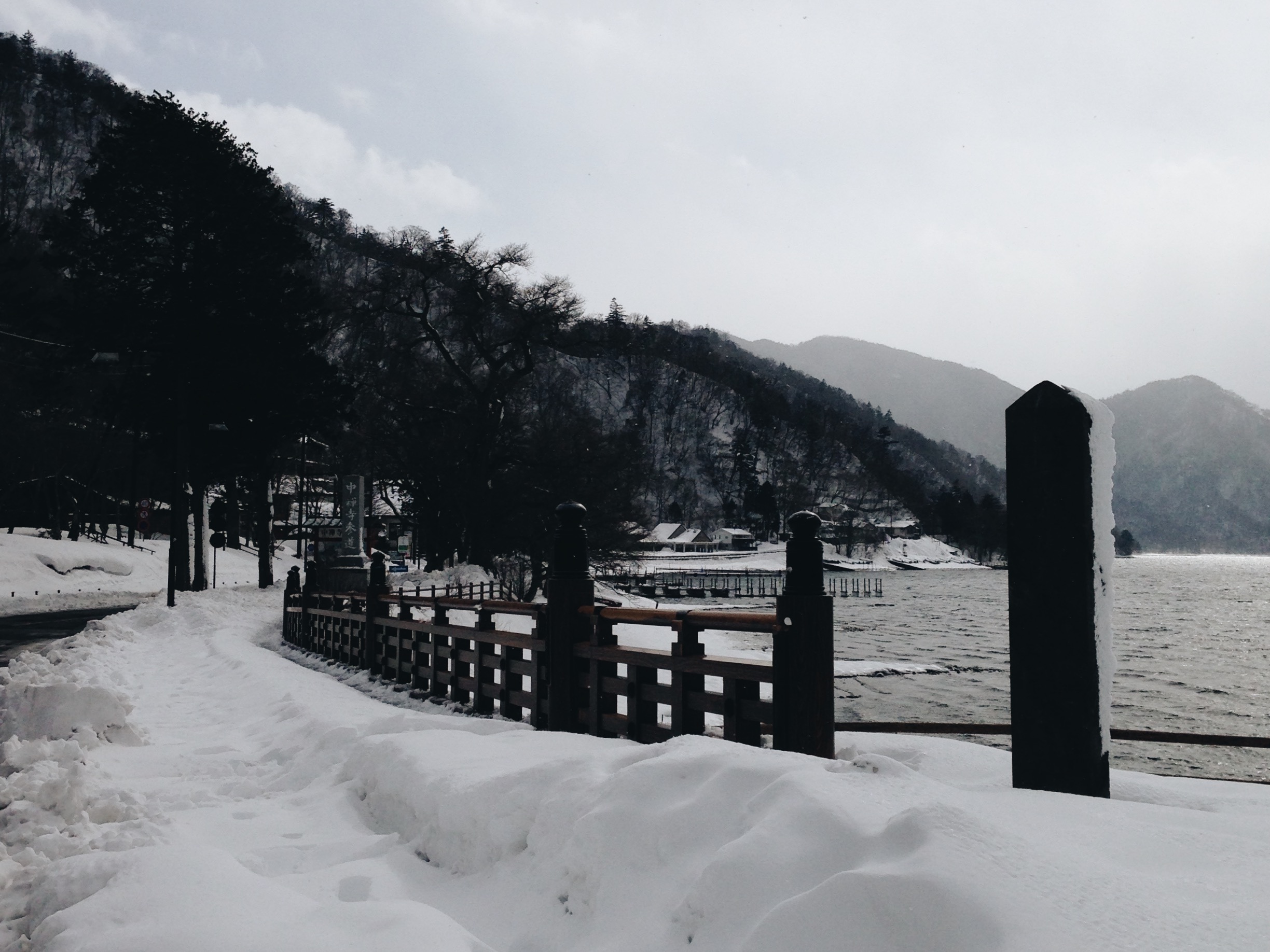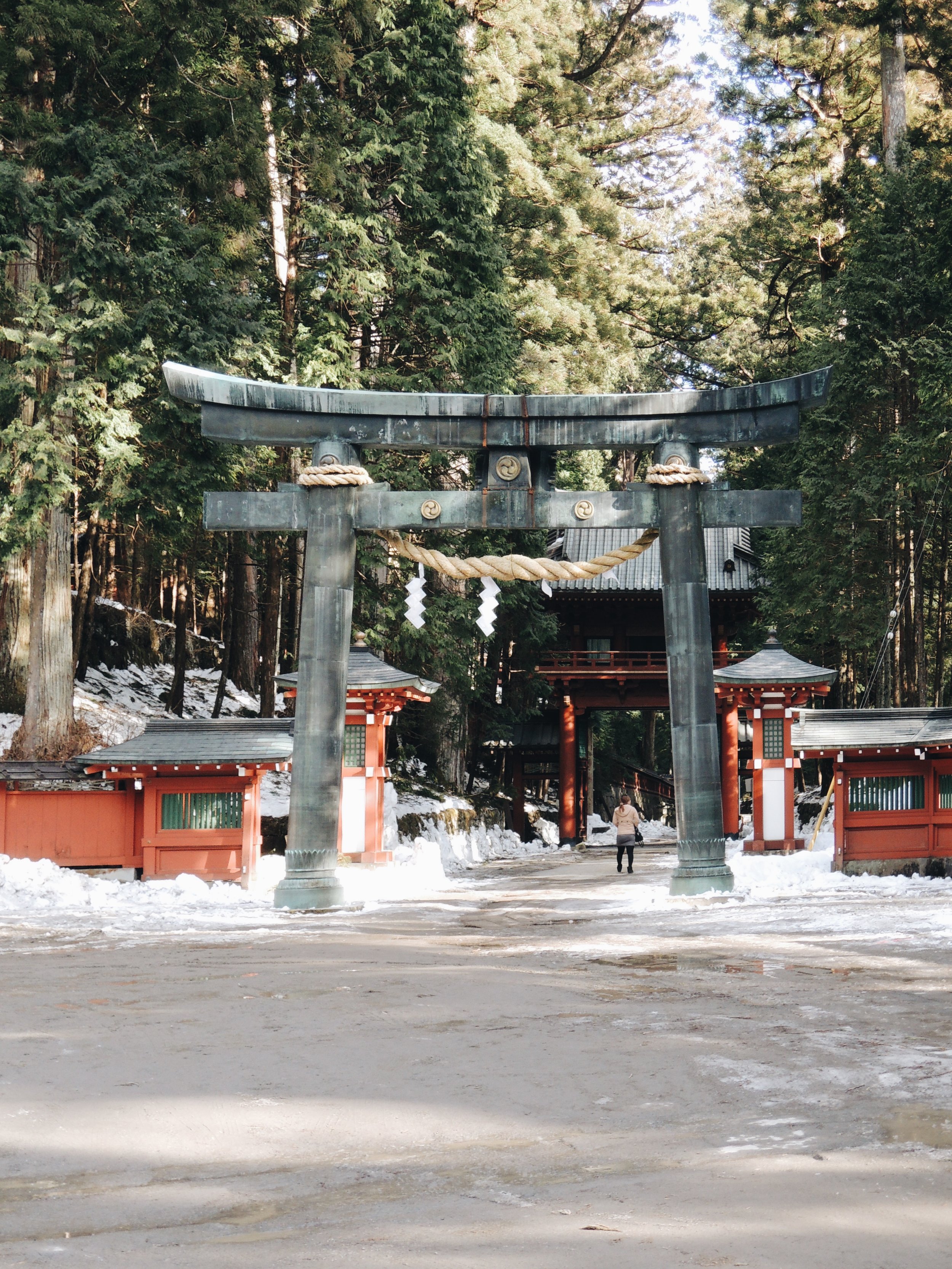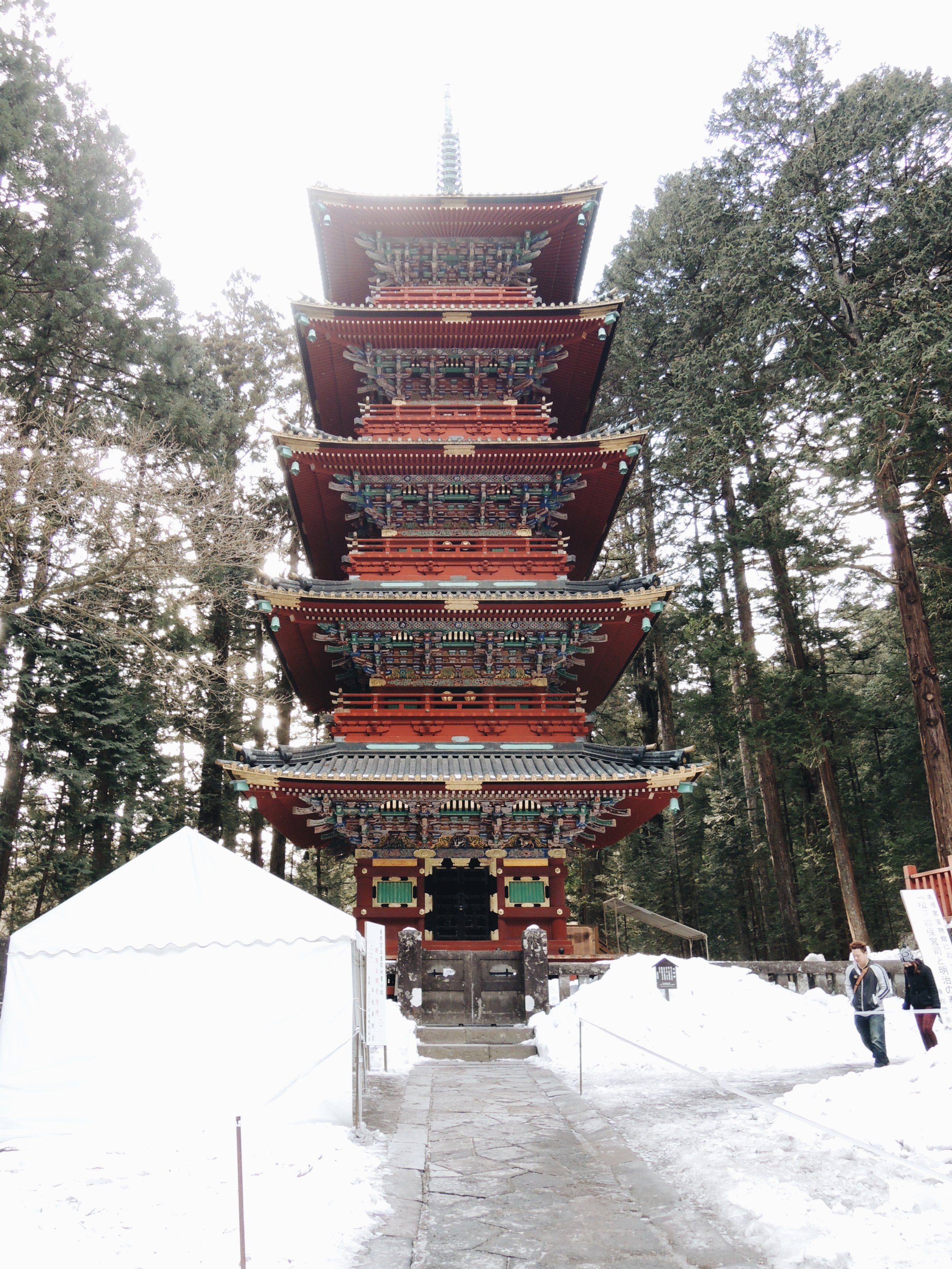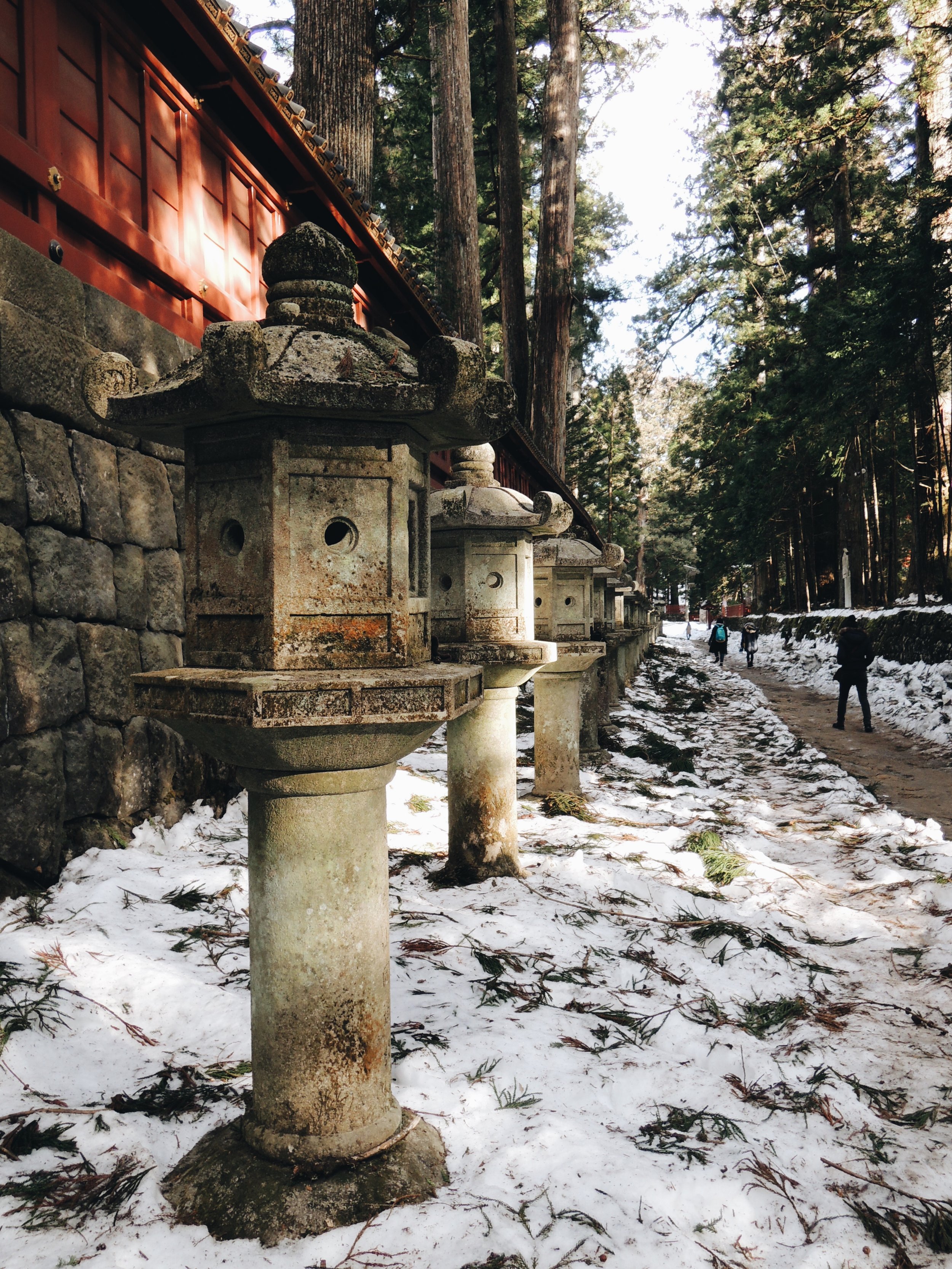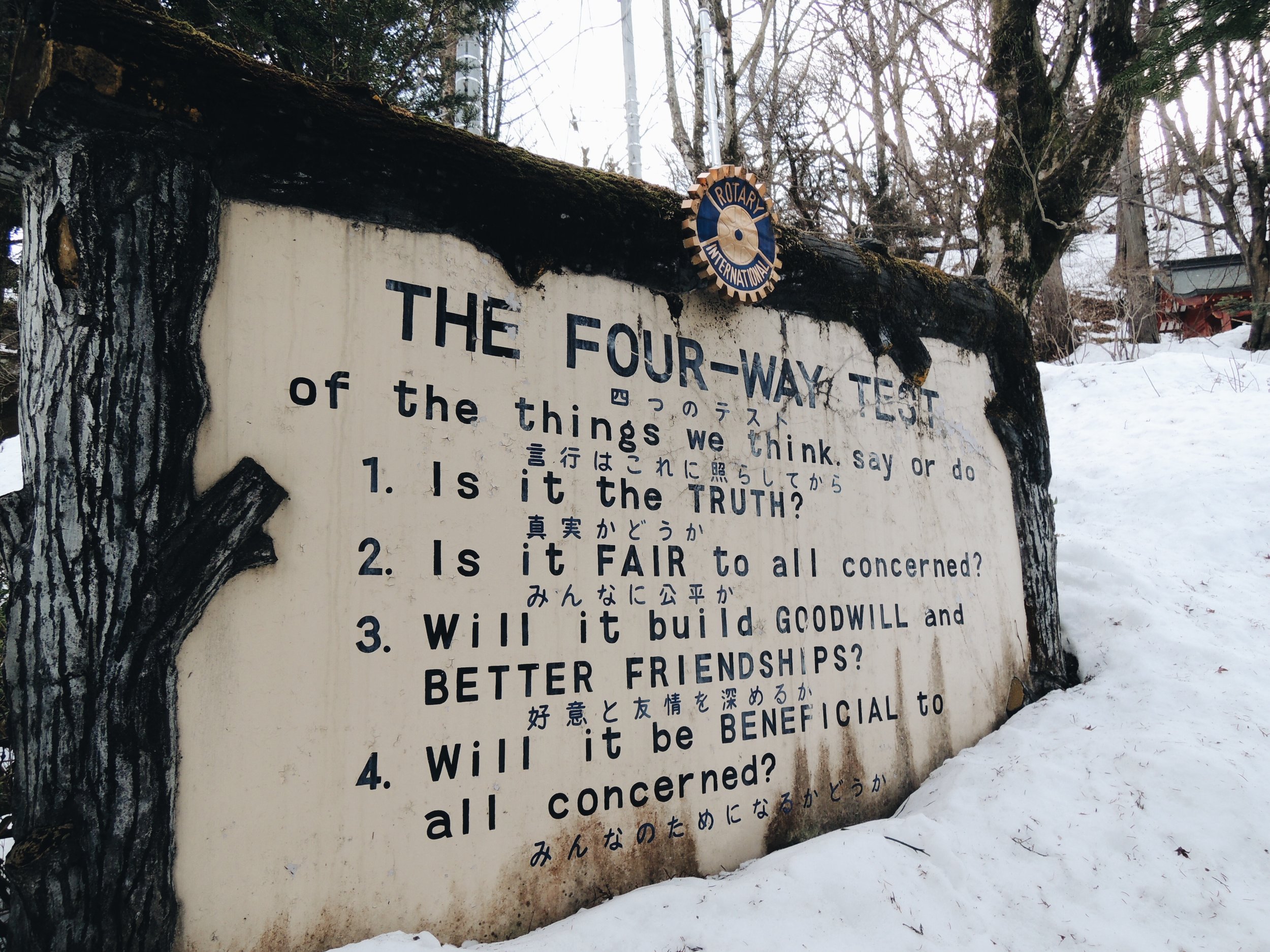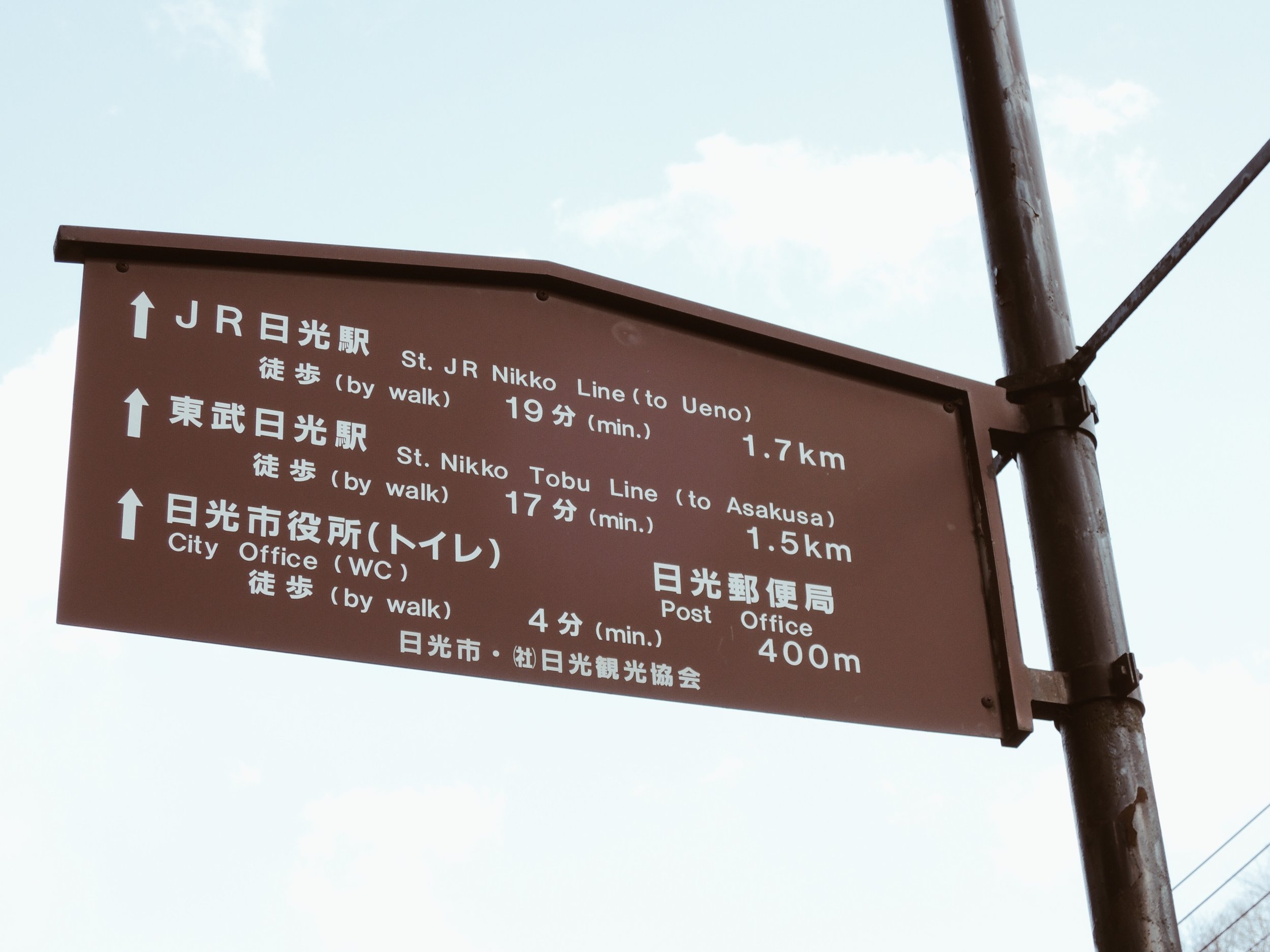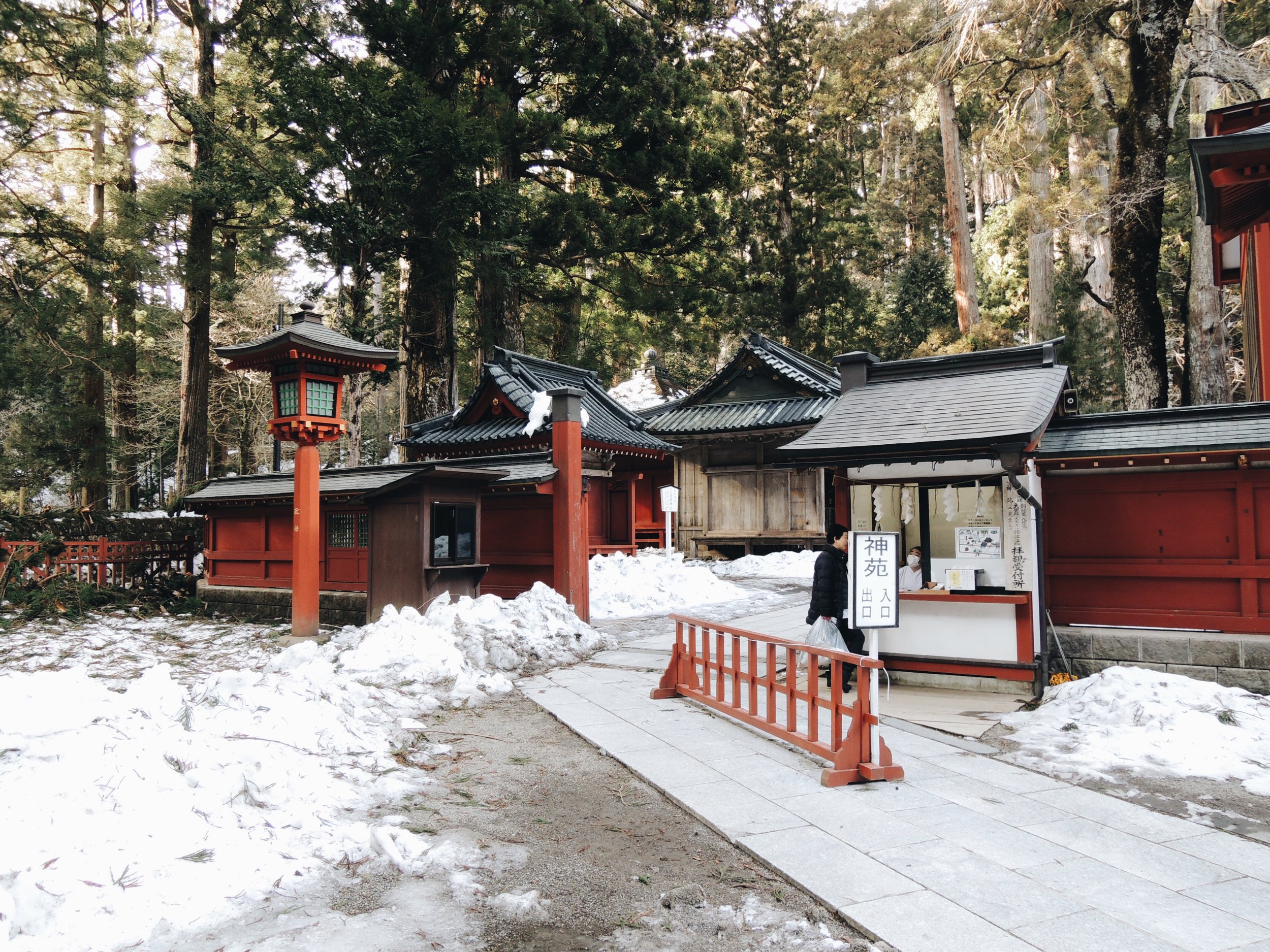Exploring Nikkō City — Majestic Waterfalls and Storied Shrines

Japan is a land of true wonder; where sweeping coastlines meet glacial mountain peaks, densely populated metropolitan concrete jungles sit next to rural sparsely-populated small towns, and traditional sites of worship face the newest hyper malls.
What's immediately striking is how well-kept everything is, regardless of the landscape or structure. Nikkō is no different.
Nikkō in the winter
Located in the Tochigi Prefecture, Nikkō is a popular day trip from Japan's capital city of Tokyo, popular for its "most beautiful waterfall in Japan", beautiful shrines of Chinese influence, as well as a large forest of cedar trees.
To get to Nikkō from Tokyo, you’ll need to get the train, and rail travel in Japan is fast and efficient, but costly.
Handily though, foreigners are able to get JR rail passes, so if you’re planning to visit multiple cities and make the most of your trip, you’ll be able to save a decent amount with a rail pass.
We visited Nikkō in the first half of March, and it was still adequately chilling, with temperatures below 10 degrees centigrade. Coupled with the wind in the mountains though, temperatures felt freezing so it goes without saying that it'd pay to dress for the weather.
Tickets for the Tobu Bus
Purchased online or at TOBU Tourist Information Center Asakusa, there are tourist travel passes such as the Nikkō All Area Pass (valid for 4 days), Nikkō City Area Pass (valid for 2 days) and the Theme Park & Nikkō City Area Pass.
Our first stop was Nikkō's Kegon Falls (華厳滝) located at Lake Chūzenji in Nikkō National Park. The Falls look different year-round according to the season, but in the frost of winter, the inches of snow on the falls were quite the stunning sight. There was a viewing platform where we got to see the sights in the above pictures, and it wasn't too crowded to find our spot and get our pictures.
After Kegon Falls, we walked down the road to Lake Chūzenji (中禅寺湖), with the strong winds blowing on the surface of the lake. We didn't manage to get around the lake much as it was proving far too cold (should've packed more than a coat), but I got to get some nice photos amidst the shivers.
On the right of the lake from where we were standing, there looked like a number of shops around which we would've explored if our fingers weren't turning blue. From the outside though, it looked a little like a ghost town as the streets were almost completely empty.
After, it was time to head to the famous shrines.
The shrines and temples in Nikkō are listed UNESCO World Heritage Sites, the most famous being Tōshōgū Shrine (東照宮), renowned for its three wise monkeys carving who "hear, see, and speak no evil".
In this area, you'll find many other shrines, temples, churches, and museums, making it a beautiful atmospheric area to spend time in. I chose to just get lost in this area which is well-visited with wide walking trails, so no worries about getting lost.
Separating the downtown Nikkō area with the forest of shrines is the Shinkyo Bridge (神橋, "sacred bridge") which is a beautiful bridge over the flowing Daiya River.
The clear waters of the Daiya River running under the Shinkyo Bridge
All in all, I'd consider Nikkō to be a peaceful day trip out of the bustling capital, with plenty to do and see to spend a relaxing day. Even if your trip to Japan isn't confined to the major cities, the Japanese countryside is more than worth your time, and with how developed tourism is in many spots, there really is no trouble getting around to these popular places.
How to get to Nikkō from Tokyo:
1. Tobu Railway from Asakusa Station
Tobu Asakusa station in Tokyo is where you'll get on, with two options of the faster express trains and slower local trains.
The faster express trains run once or twice every hour, and cost around JP¥2, 500 for a 2 hour, one way trip.
The slower local trains cost JP¥1, 360 for a 2.5~ hour, one way trip.
2. Limited Express from Tokyo Shinjuku Station
A collaboration between JR Railways and Tobu Railway brings you a direct connection from JR Shinjuku Station and Tobu Nikkō Station.
A one way, 2 hour trip which requires seat reservations will set you back JP¥4, 000.
3. Japan Railways (JR) from Tokyo Station or Ueno Station
This will make more sense if you're holding on to a JR Pass, as a one way ticket costs JP¥5, 000 on JR's Tohoku Shinkansen to JR's Nikkō Line with a change of stations at Utsunomiya Station.
It should be mentioned that this will be your fastest option though, taking just over an hour and a half.
